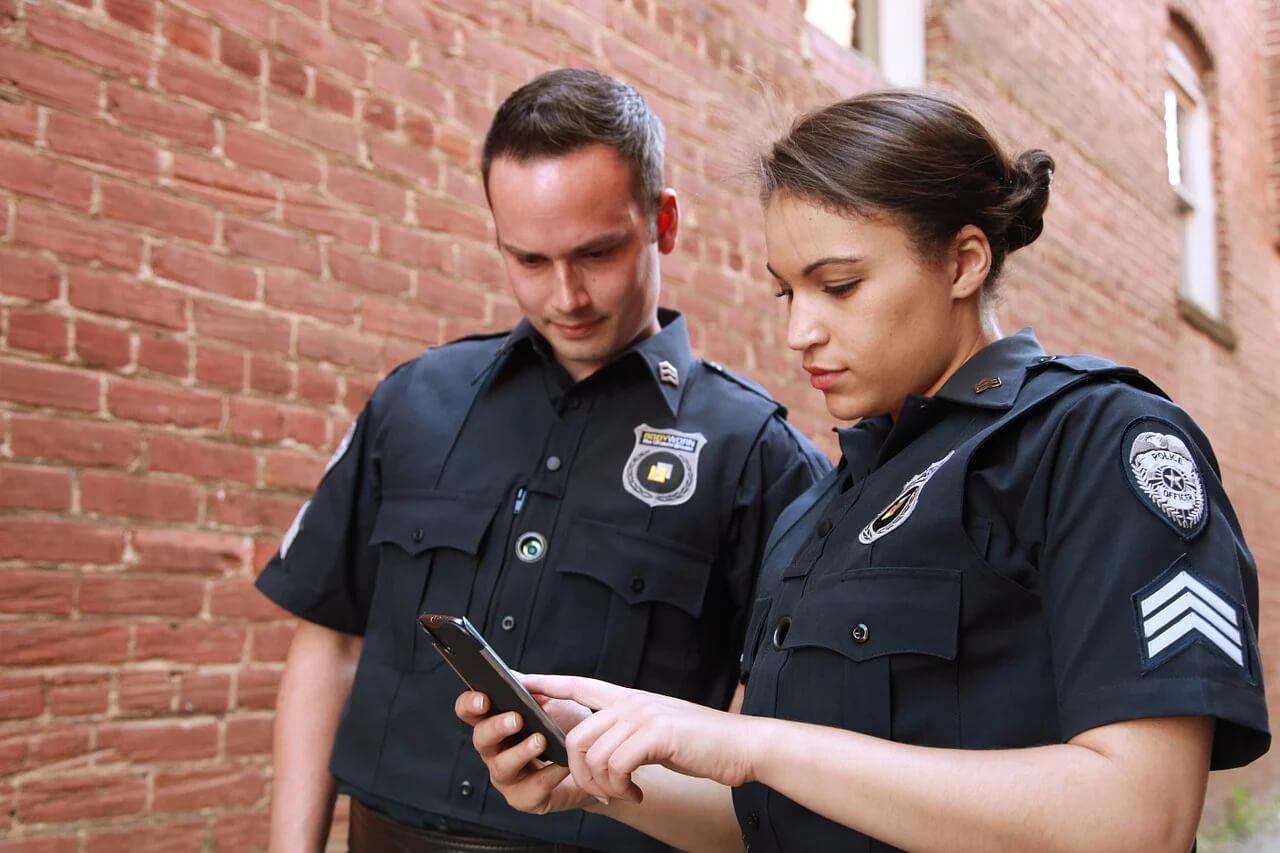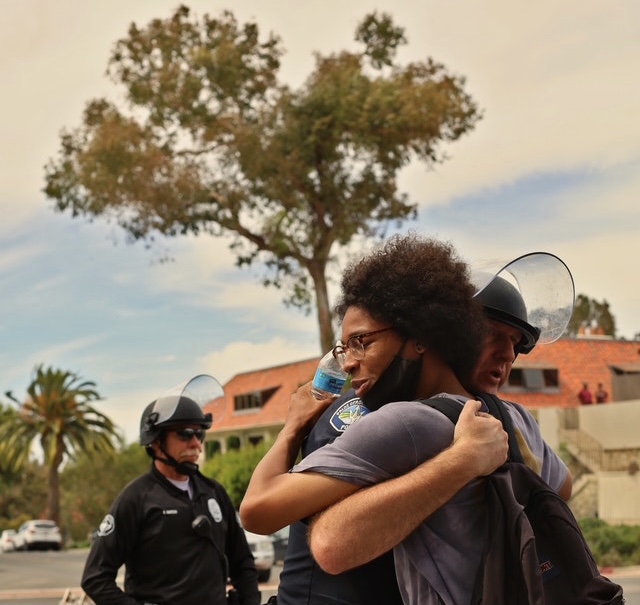In the realm of law enforcement, the heart of a community lies in the delicate balance between officers and citizens. In recent years, the spotlight on police-community relations has intensified, urging law enforcement agencies to reevaluate their strategies for engagement. The Officer Survey initiative has emerged as a beacon, channeling the often unnoticed, uncaptured, and unmeasured moments of positive interaction between officers and citizens into actionable insights.
This blog post aims to delve into the crucial aspects of community relations within law enforcement, providing concrete, evidence-backed strategies to fortify the bond between officers and the communities they serve. By weaving together statistics, historical data, academic studies, and real-world examples, we will explore key topic areas essential for fostering positive relationships. Each recommendation will be accompanied by specific, actionable examples of successful implementation, offering practical guidance tailored for law enforcement leadership.
1. Procedural Justice: The Bedrock of Trust
Recommendation: Emphasize Procedural Justice in Training Programs
Procedural Justice serves as the bedrock of trust between law enforcement and the community. Officers embodying principles such as active listening, fairness, and professionalism contribute significantly to building positive perceptions. Training programs must prioritize these principles to instill a culture of accountability and respect within police departments.
Example Implementation: The Dallas Police Department
Dallas PD, recognizing the importance of Procedural Justice, revamped its training programs to incorporate scenario-based learning focused on communication and de-escalation. Officers engaged in realistic simulations, honing their skills in handling diverse situations with fairness and professionalism. This approach led to a measurable increase in positive community feedback, indicating improved trust levels.
2. Community-Oriented Policing: Bridging Gaps Through Collaboration
Recommendation: Foster Community Partnerships through COP
Community-Oriented Policing (COP) emphasizes collaboration between law enforcement and community members. Establishing partnerships and actively involving officers in community events fosters a sense of unity and shared responsibility. Departments should integrate COP principles into their operational framework.
Example Implementation: The Seattle Police Department
Seattle PD successfully implemented COP by assigning officers to specific neighborhoods, encouraging them to participate in community events and meetings. This proactive approach resulted in increased community engagement and a notable decline in crime rates. Officers became familiar faces, breaking down barriers and enhancing mutual understanding.
3. Technology Integration: Enhancing Transparency and Accountability
Recommendation: Adopt Body-Worn Cameras and Digital Platforms for Transparency
In an era dominated by technology, transparency is paramount. Body-worn cameras and digital platforms enable law enforcement agencies to provide an unfiltered view of their interactions. Departments should invest in these tools to enhance transparency, accountability, and community trust.
Example Implementation: The Los Angeles Police Department
The LAPD’s widespread use of body-worn cameras has not only increased accountability but also served as a valuable training tool. Incidents are reviewed, and lessons learned are incorporated into ongoing training programs. This approach has not only strengthened public trust but also improved officer performance and decision-making.
4. Diverse Hiring Practices: Reflecting the Community We Serve
Recommendation: Prioritize Diversity and Inclusion in Recruitment
A police force that reflects the diversity of the community it serves establishes an immediate connection. Departments should actively pursue diverse hiring practices, ensuring that officers represent a broad spectrum of backgrounds, cultures, and perspectives.
Example Implementation: The NYPD’s Diversity and Inclusion Initiative
The New York Police Department’s Diversity and Inclusion Initiative focuses on attracting candidates from various backgrounds. This initiative has led to a more representative police force, resulting in increased community trust. Officers from diverse backgrounds bring unique insights and cultural competence, easing tensions and fostering understanding.
5. Public Engagement Initiatives: Building Bridges Beyond Law Enforcement
Recommendation: Implement Community Outreach Programs
Law enforcement agencies should initiate public engagement programs that go beyond traditional policing. Establishing partnerships with local organizations, schools, and businesses creates opportunities for positive interactions outside law enforcement contexts, fostering a sense of unity.
Example Implementation: The Chicago Police Department’s Youth Mentorship Program
The Chicago PD’s Youth Mentorship Program pairs officers with local youth, providing a platform for positive engagement. Officers act as mentors, participating in activities that build trust and understanding. This initiative has not only improved relations between law enforcement and the youth but has also positively impacted the community’s perception of the police force.
6. Measuring Success and Continuous Improvement: Adapting for Long-Term Impact
Recommendation: Establish Metrics and Regular Assessments
Implementing strategies is only half the battle; measuring their impact is equally crucial. Establish key performance indicators (KPIs) related to community trust, satisfaction, and incident resolution. Regular assessments enable departments to identify successes, address shortcomings, and adapt strategies for continuous improvement.
Example Implementation: The San Francisco Police Department’s Impact Assessment
San Francisco PD conducts regular impact assessments using Officer Survey data. By tracking community feedback and analyzing trends, the department identifies areas of improvement and success. This iterative process ensures that strategies are not static but evolve to meet the changing needs and expectations of the community.
7. Overcoming Challenges: Navigating the Path to Positive Change
Recommendation: Anticipate and Address Resistance
Change is often met with resistance, and implementing new strategies may face pushback from within the department or the community. Acknowledge potential challenges openly and address concerns through transparent communication. Establishing a feedback loop with officers and community members allows for a collaborative approach to overcoming obstacles.
Example Implementation: The Houston Police Department’s Change Management Program
Houston PD faced initial skepticism when introducing procedural justice training. To address this, the department launched a comprehensive Change Management Program. This initiative included town hall meetings, open forums for officers to express concerns, and continuous communication on the benefits of the changes. Over time, resistance diminished as understanding and acceptance grew.
Conclusion: A Resilient Framework for Community-Centric Policing
As we conclude this exploration into strategies for enhancing community relations within law enforcement, it is imperative to recognize that the path to positive change is not without its challenges. The commitment to procedural justice, community-oriented policing, technology integration, diverse hiring practices, and public engagement initiatives must be coupled with a dedication to measuring success and addressing challenges head-on.
As leaders in law enforcement, the responsibility to implement these strategies falls squarely on our shoulders. The success stories from departments around the country demonstrate that change is not only possible but also beneficial. By prioritizing procedural justice in training, fostering community partnerships, embracing technology for transparency, promoting diversity in hiring, and engaging the public through outreach initiatives, we can bridge the divide and create lasting connections.
In the words of Officer Sarah Martinez from the Seattle Police Department, “Building trust is a journey, not a destination. We must be vigilant in our efforts, adapting to the changing landscape and staying connected with the community we serve. Officer Survey is not just a tool for assessment; it’s a compass guiding us towards a future where collaboration and trust define our interactions.”
Law enforcement leaders must embrace this resilient framework, understanding that community-centric policing is an ongoing, dynamic process. By establishing metrics, addressing challenges openly, and continuously improving strategies, departments can navigate the path to positive change and build a legacy of trust that withstands the test of time.
In the words of Chief Michael Thompson from the San Francisco Police Department, “Our commitment to community relations is not a response to a trend; it’s a fundamental principle that defines our identity. The strategies outlined here, coupled with a commitment to measuring success and overcoming challenges, provide a blueprint for departments ready to forge lasting connections with the communities they serve.”
In the words of Chief James Rodriguez from the Dallas Police Department, “Our commitment to procedural justice is not just a checkbox; it’s a pledge to build trust with every member of our community. The Officer Survey initiative has become an invaluable tool in shaping our approach and ensuring that our officers embody the principles that define a trustworthy and respectful force.”








